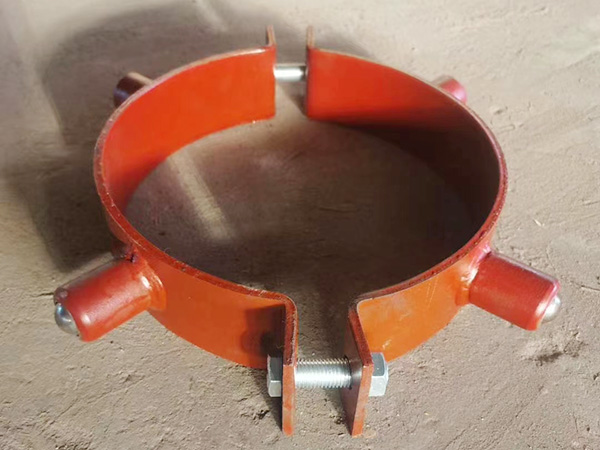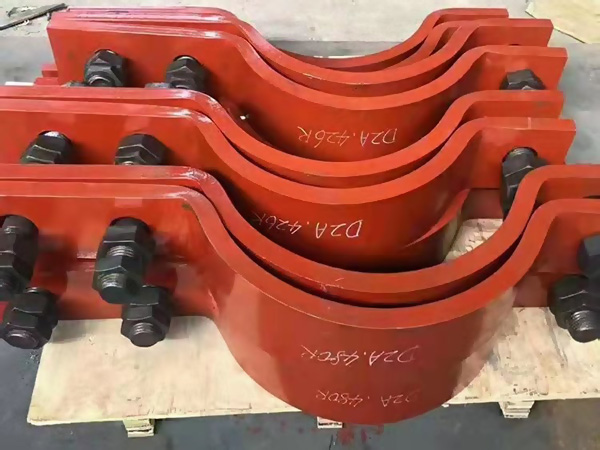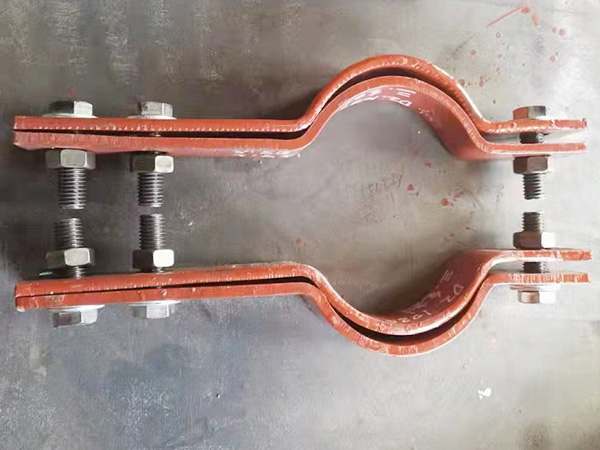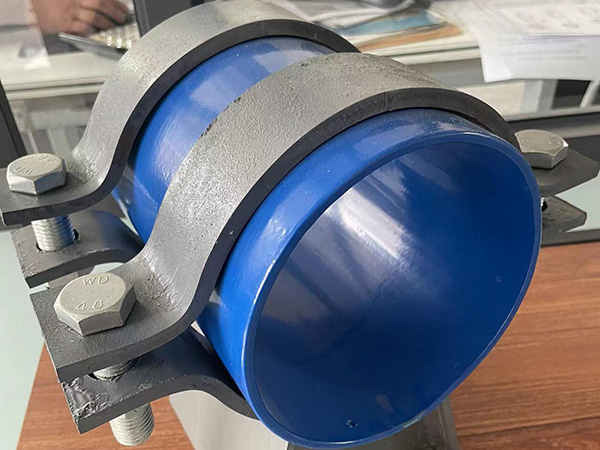Flange Connection Loosening: Signs, Causes, and Retightening Guidelines
Author:Mingde Time:2025-04-28 22:01:25 Click:107
Flange connections are a fundamental component in industrial piping systems, providing secure and leak-proof joints between pipes, valves, pumps, and other equipment. However, over time and under certain conditions, these connections may loosen, leading to potential safety hazards, leaks, and system inefficiencies. Identifying the signs of flange loosening, understanding its root causes, and applying proper retightening procedures are critical for maintaining system integrity and minimizing unplanned downtime.
1. Signs of Flange Loosening
Recognizing early symptoms of a loose flange connection can prevent costly failures. Common signs include:
a. Visible Leakage
The most obvious indicator of a loose flange is fluid or gas leakage at the joint.
May appear as minor weeping or more serious drips and sprays depending on system pressure.
b. Gasket Displacement
A partially extruded or misaligned gasket often points to uneven flange pressure or loosening bolts.
c. Vibration or Noise
A loosened flange may cause vibration or produce rattling sounds during system operation.
d. Corrosion or Rust Trails
Moisture seeping through a flange joint can leave rust stains or corrosion marks, especially in carbon steel systems.
e. Thermal Imaging or Ultrasound Detection
Non-destructive testing tools can detect changes in temperature or sound patterns caused by escaping fluids or gas through a partially opened flange.
2. Common Causes of Flange Connection Loosening
Understanding the reasons behind flange loosening is essential to applying the right corrective and preventive measures.
a. Thermal Expansion and Contraction
Fluctuations in temperature cause pipe materials to expand and contract.
Repeated thermal cycling can lead to loosening of bolts and reduction in gasket compression.
b. Vibration and Mechanical Shock
Machinery, pumps, and fluid flow can induce vibration.
Continuous vibration may loosen fasteners and disturb gasket alignment.
c. Inadequate Bolt Tightening
Under-tightening during installation fails to provide sufficient preload.
Over-tightening can damage the flange or crush the gasket, both of which lead to seal failure.
d. Gasket Creep or Relaxation
Over time, some gasket materials lose elasticity under heat and pressure, reducing the sealing force and allowing bolts to loosen.
e. Improper Flange Alignment
Misalignment of flanges before bolting can result in uneven pressure distribution and eventual loosening.
f. External Loads or Pipe Stress
Uneven loads from connected pipes or equipment strain the flange connection, potentially loosening the bolts over time.
3. Flange Retightening Guidelines
When a flange connection loosens, it is important to follow a systematic approach to retightening to restore sealing performance without causing further damage.
Step 1: Ensure Safe Operating Conditions
Shut down the system and release pressure completely before performing any maintenance.
Allow the equipment to cool if operating under high-temperature conditions.
Step 2: Inspect the Flange Assembly
Check for signs of damage such as warped flanges, deformed bolts, or a blown gasket.
Replace damaged parts if necessary.
Step 3: Select the Correct Tools
Use calibrated torque wrenches or hydraulic bolt tensioners to ensure uniform load application.
Refer to manufacturer specifications or industry standards for proper torque values.
Step 4: Apply Torque in a Star Pattern
Tighten bolts in a crisscross (star) pattern to ensure even compression of the gasket.
Perform the torqueing in multiple passes—typically 3 to 4 cycles—increasing torque incrementally each time.
Step 5: Recheck Torque Values
After initial tightening, allow the system to stabilize (especially if thermal cycling is involved), then recheck torque to compensate for gasket creep or bolt relaxation.
Step 6: Resume System Operation and Monitor
Gradually pressurize the system and check for leaks.
Monitor the flange connection during operation for further signs of loosening.
4. Preventive Measures
To minimize the occurrence of flange loosening in the future:
Use high-quality gaskets suitable for the operating temperature and pressure.
Apply anti-seize compounds or bolt lubricants to ensure consistent torque during tightening.
Install vibration dampeners or expansion joints to reduce mechanical stress.
Train maintenance personnel in proper bolting and flange assembly procedures.
Conclusion
Flange loosening is a common yet critical issue in piping systems, often leading to leaks, safety risks, and system inefficiency. By recognizing early signs, understanding the mechanical and environmental factors that contribute to loosening, and applying precise tightening techniques, plant operators and maintenance teams can greatly enhance the reliability and lifespan of their flange connections.
 Hot Products
Hot Products
 Contact Us
Contact Us
Contact:
Mobile:+86 +86 19133378808
Website:mingdepipe.com
Address:










